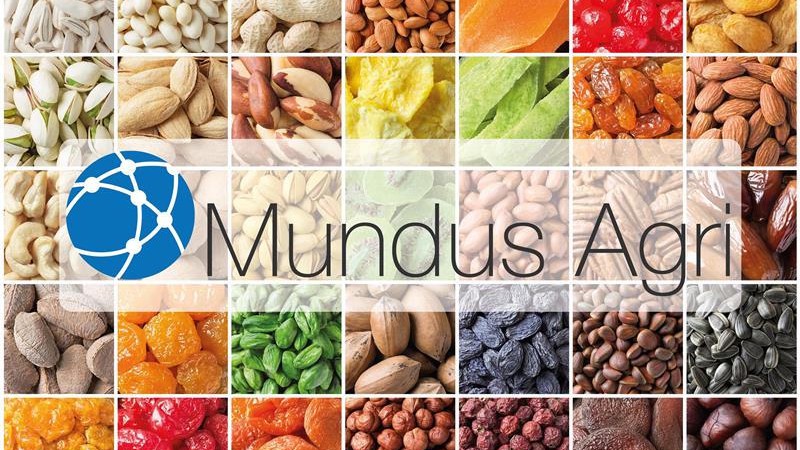Wheat: irrational stockpiling of toast and pasta
March 24, 2020 at 12:54 PM ,
Der AUDITOR

Totally cleared shelves for toast bread, flour, bakery products, canned goods, drugstore articles and toilet paper push production and logistics to their limits. From the food retailing sector, it was said that the frequency of deliveries to discounters and supermarkets was significantly increased, free storage space capacities were rented from non-food companies in order to concentrate more stocks in decentralised warehouses. Orders for goods in cw 12 for certain segments would have been a good 70% higher than in the same period last year, and ultimately 40% more goods would have been delivered. The delivery days in the retail trade were increased from three days to daily in some cases. A large central warehouse in Berlin would assemble a daily quantity of up to 700,000 units, at Christmas it would only be 250,000 units. The increase in consumption of toast and pasta is likely to exceed previous assumptions of 25 to 35%. The bottleneck is still the delivery by truck. There is only a limited number of suitable vehicles, capacities are to vary regionally. The problem of superjams at the border controls to Poland and Hungary has been eased by simplified controls. In contrast, the situation of completely or partially closed motorway service areas with the use of sanitary facilities for long-distance traffic remains unsolved in many places.
Wheat, daily price development
|
Milling wheat (12/220/76) |
||
|
Parity |
EUR/mt |
Diff. EUR/mt |
|
Rouen, FOB |
193.00 |
2.00 |
|
La Pallice, FOB |
193.00 |
2.00 |
|
Creil, FOB |
186.00 |
5.00 |
|
Hamburg, DDP |
200.00 |
5.00 |
|
Westphalia, DDP |
198.00 |
4.00 |
|
Rhineland, DDP |
197.00 |
4.00 |
|
Upper Rhine Region, FOB |
190.00 |
3.00 |
|
Feed wheat (72/73) |
||
|
Parity |
EUR/mt |
Diff. EUR/mt |
|
Netherlands, CIF |
195.00 |
0.00 |
|
South Oldenburg, DDP |
197.00 |
0.00 |
|
Westphalia, DDP |
194.00 |
0.00 |
|
Neuss, DDP |
190.00 |
0.00 |
|
Upper Rhine Region, FOB |
185.00 |
0.00 |
|
Trade sources |
||
Mills have to cover new flour business
The mills are covering new flour business by buying wheat; the baking industry and mills were surprised by significantly higher price demands from the trade. This morning, wheat in France rose again by EUR 2.00 per metric tonne, and wheat is likely to follow in the Rhine region. After all, milling wheat with 12% protein was valued at EUR 200 to 202 per metric tonne DDP Hamburg this morning. This trend should continue. In the event of a crisis at the Covid-19 pandemic, delivery reliability has absolute priority, according to the trade. The export business with a tender for 1.2 million metric tonnes of feed barley to Saudi Arabia almost mutated into a minor matter. Likewise, Morocco suspended import duties until 15 June in order to secure supplies in the country, where the grain crop is expected to fall from 5.2 million metric tonnes last year to 4 million metric tonnes due to drought. The issue of drought in Russia and on the Black Sea could cause further surprises this year.





